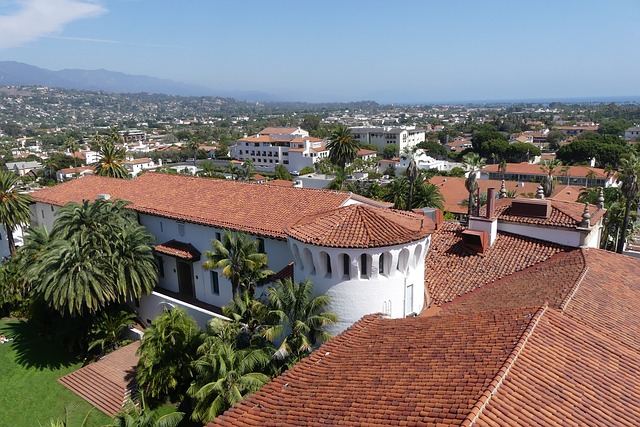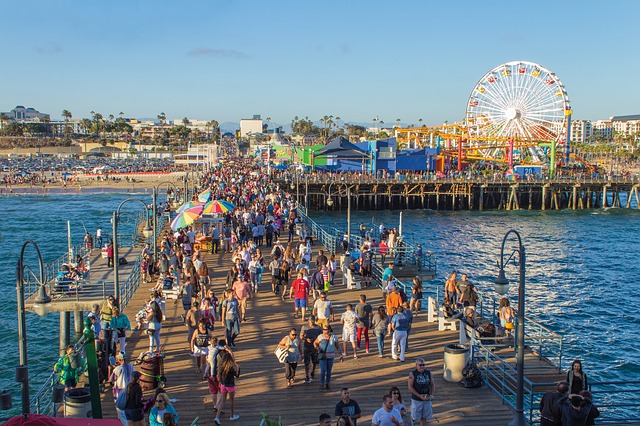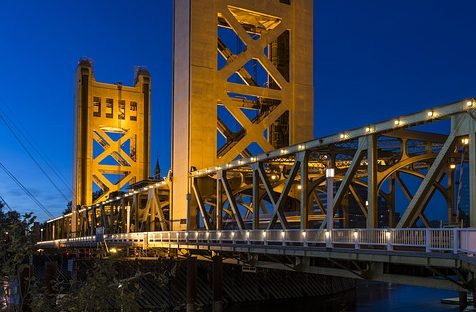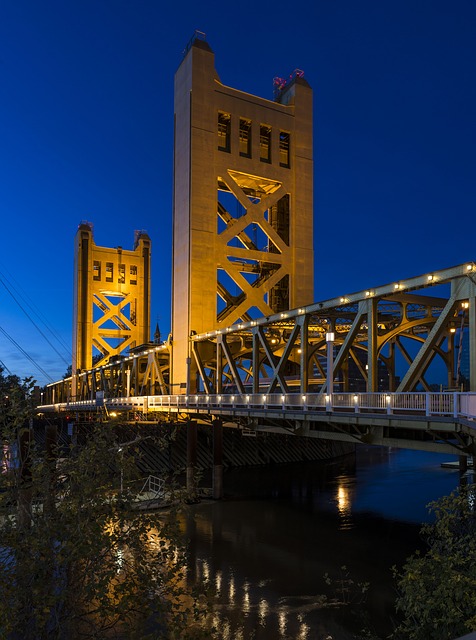- Target: 100% renewable electricity by 2022
- Status: In progress
- RES: Solar energy
- Implementation: San Jose is California’s third largest city by population. In October 2007 the city launched its Green Vision, with plans to shift towards clean renewable energy. This 15-year-plan focuses on the creation of jobs, the improvement of the city life, and the preservation of the environment. It set the target that all sectors of the city are to be powered exclusively with renewable energy by 2022, and that per capita energy consumption should also be reduced by 50%. The city aims to achieve this by envisioning itself as a solar-powered community. Due to its location, the city possesses enough sunshine for solar and is already home to several solar technology companies. To finance this plan, the city is looking at ways to support the financing of solar projects by the creation of incentives and through the provision of regulatory strategies, such as abolishing building permits required for rooftop solar panels in residential areas. To carry out activities, the city adopts a participatory approach that engages the City Departments, and external stakeholders, such as the California Solar Energy Association. The city has plans to install solar panels on city buildings and to support and incentivise homeowners and businesses to do the same. In addition, it is supporting investments in solar power technology innovation. Aside from solar power, the city is evaluating the potential of other renewable energy sources, such as wind, water, hydro power and biomass.
- Population: 1,035,317 (2017)
- Area: 180.52 sq mi (467.55 km2)city, 2,694.61 sq mi (6,979 km2)metro
- Link: CLIMATE SMART SAN JOSE







